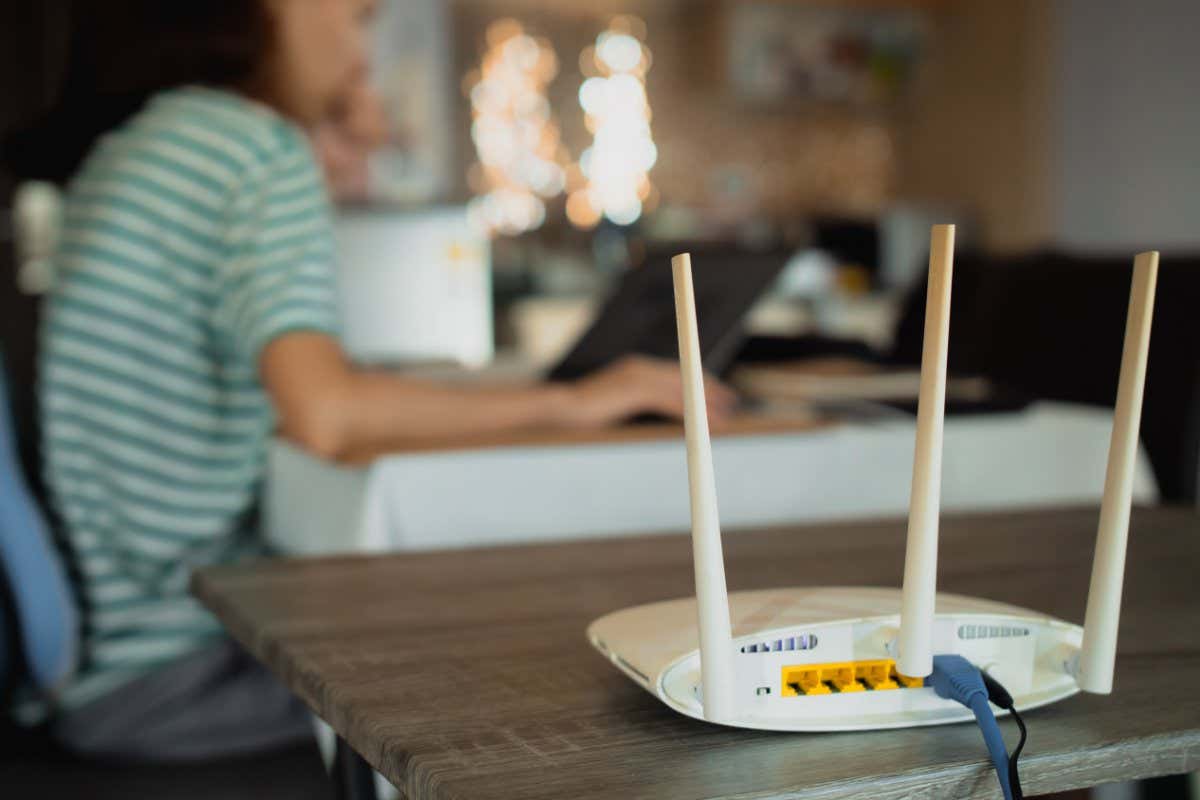The outline of people’s bodies can be detected from Wi-Fi signals

A new study has found that it is possible to detect the outlines of people's bodies from Wi-Fi signals. This technology could be used for motion tracking and even security purposes.
The research, conducted by the University of Massachusetts Amherst and published in Nature Communications on February 25 2021, shows that Wi-Fi signals can be used to detect the outlines of human bodies. The researchers used special antennas to bounce signals off a person's body and then analyze the reflected signal. The data was then processed with an algorithm which allowed them to create an image of the person's body.
The researchers tested their technique by having volunteers stand in a room while the antennas were placed around them. They were able to accurately capture the shape of the volunteer’s body with the Wi-Fi signals. The accuracy of the outline increased as they increased the number of antennas they used. The team also used the technique to track the movements of the volunteers.
The potential applications of this technology are wide ranging. For instance, this technique could be used to monitor the movements of individuals in large areas such as airports or stadiums. It could also be used to detect intruders in secure areas. Additionally, it could be used to track the movements of elderly people or children who are wandering around in unfamiliar places.
The researchers believe that this technology could also be used for healthcare purposes. For example, it could be used to monitor patients with Alzheimer's disease. The technology could also be used to help with physical therapy for stroke patients.
In conclusion, the research shows that it is possible to detect the outlines of people's bodies from Wi-Fi signals. This technique could be used for motion tracking, security applications, and healthcare purposes. Further research is needed to understand the accuracy and potential real world applications of this technology.
Read more here: External Link